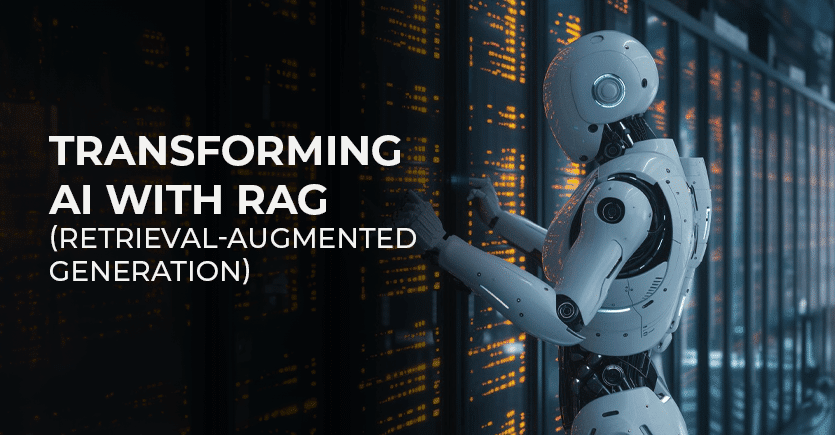Why RAG Outshines Fine-Tuning in LLM Optimization
 Mohammad Shahid Beigh
Mohammad Shahid Beigh
Over the last few months, I’ve been working on optimizing Large Language Models (LLMs) as part of my final year project, and it’s been a fascinating journey. Today, I want to share why Retrieval-Augmented Generation (RAG) is emerging as a superior technique, especially when compared to Fine-Tuning.
Fine-Tuning vs. RAG: A Side-by-Side Comparison
In my experience, Fine-Tuning is all about refining a model’s behavior with a specific dataset. While it works wonders for improving contextual understanding, it has its flaws. One major issue is hallucination—when the model generates incorrect or irrelevant responses. During my experiments with fine-tuning OpenAI’s GPT-3.5 Turbo, this was a constant hurdle.
That’s when I turned to RAG (Retrieval-Augmented Generation), and the difference was astounding. By incorporating a retrieval mechanism that pulls relevant information dynamically, RAG significantly reduced hallucinations—by nearly 90% in my trials.
The Power of RAG
RAG integrates vector embeddings and retrieval frameworks like Langchain.js or LlamaIndex, allowing the model to search and retrieve relevant data rather than generating responses purely from pre-trained knowledge. This combination of retrieval and generation makes RAG incredibly powerful for handling specific, context-aware queries. In my case, it transformed my project, Campus360, into a far more accurate and efficient virtual assistant.
Reducing Hallucinations with Prompt Engineering
One of the most impressive outcomes of using RAG was the almost complete elimination of hallucinations in my model. By following best practices in prompt engineering, I was able to guide the model more effectively and ensure its responses were not only accurate but contextually relevant. This really highlights the power of prompt engineering in shaping the behavior of an LLM, especially when coupled with RAG’s retrieval capabilities.
Prompt engineering is crucial—it’s like giving precise instructions to a model, and when done right, it dramatically improves performance.
Financial and Real-World Considerations
While fine-tuning was effective, it came with a price—literally. Running my fine-tuning experiments cost about $20 in key usage alone. It made me realize how important budgeting is when working with large models like GPT-3.5 Turbo, and this is where RAG shines again. By leveraging external retrieval mechanisms, RAG offers a more cost-effective alternative for optimizing LLMs, especially when handling custom or frequently updated data.
Why RAG Stands Out
The ability to retrieve data rather than rely solely on what a model has been fine-tuned on makes RAG more adaptable, reducing hallucinations and improving overall model performance. When applied to my chatbot project, Campus360, RAG provided context-aware, accurate responses while maintaining a seamless user experience. Integrating RAG into a robust tech stack—React.js, OpenAI embeddings, Supabase, Firebase, and Langchain.js—enabled a truly next-level chatbot that could retrieve and understand real-time, relevant information.
Conclusion
Fine-tuning may have its place, but if you're looking to optimize an LLM for real-world applications—especially when dealing with domain-specific queries—RAG is the way to go. Its ability to reduce hallucinations and enhance accuracy makes it a game-changer in the world of LLM optimization. Coupled with effective prompt engineering, it transforms how we interact with AI.
Stay tuned as I continue exploring the future of AI and share more insights from my journey!
#LLMOptimization #RAG #FineTuning #PromptEngineering #AIModels #RetrievalAugmentedGeneration #AIResearch #GPT5 #OpenAI #Langchain #Supabase #VectorEmbeddings
Subscribe to my newsletter
Read articles from Mohammad Shahid Beigh directly inside your inbox. Subscribe to the newsletter, and don't miss out.
Written by
